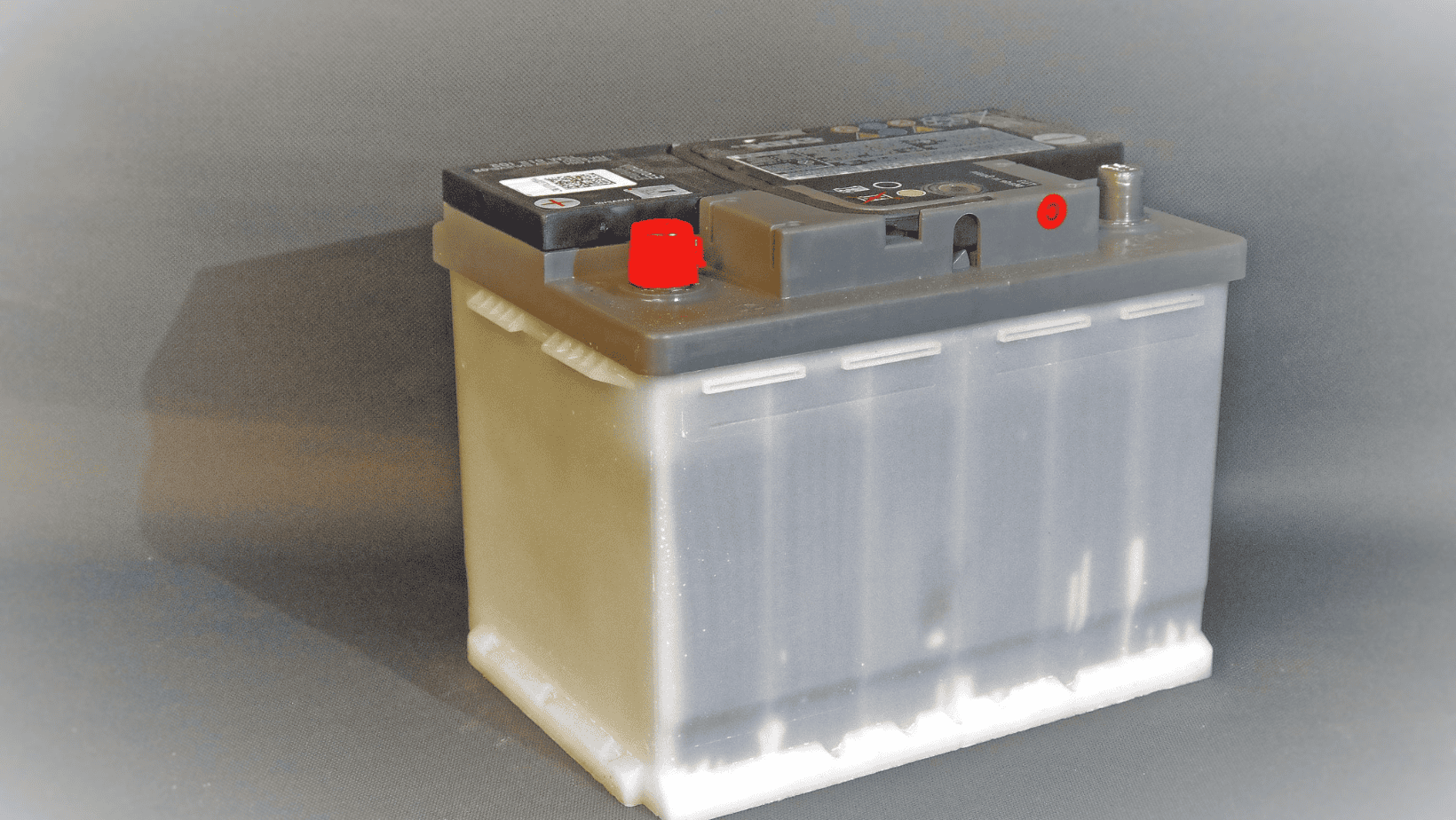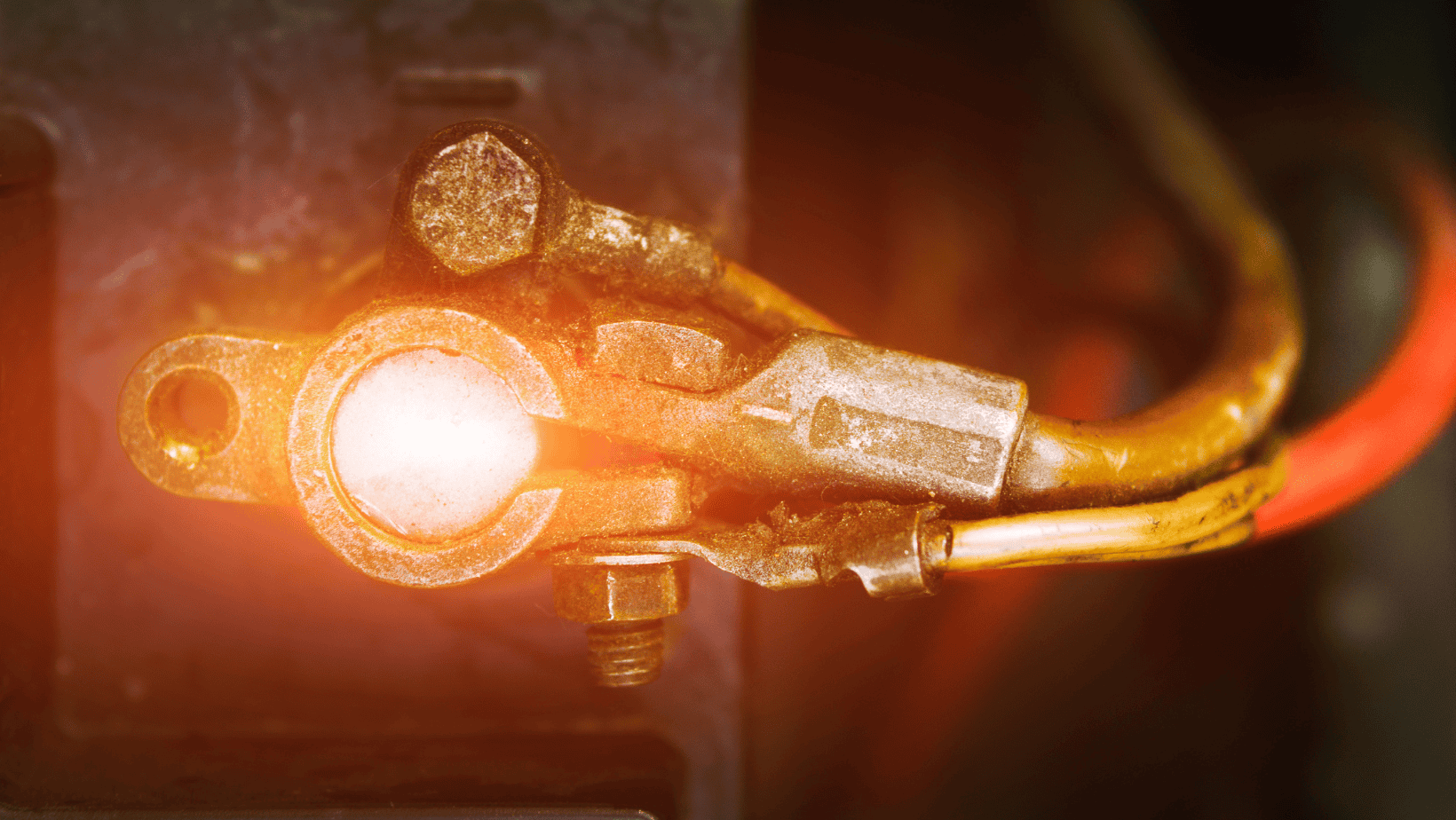Table of Contents
How To Clean Battery Terminals
Introduction
When it comes to maintaining your car’s performance, cleaning battery terminals is a crucial yet often overlooked task. Corrosion and dirt buildup on battery terminals can lead to poor electrical connections, reduced efficiency, and even battery failure. Regular maintenance ensures your vehicle runs smoothly, prevents breakdowns, and extends battery life.
This guide will walk you through why cleaning battery terminals is important, how to do it safely, and the best preventive measures to keep your battery in top condition.

Key Takeaways
| Aspect | Details | Additional Information |
|---|---|---|
| Importance | Prevents corrosion, ensures efficiency, and avoids breakdowns | Regular cleaning is crucial for battery health |
| Frequency | Every 6-12 months or during routine maintenance | Align with other vehicle check-ups |
| Signs of a Dirty Battery | White/greenish corrosion, dimming lights, inconsistent electrical performance | Refer to Signs of a Dying Car Battery |
| Tools Required | Wrench, wire brush, baking soda, water, petroleum jelly | Simple tools, easily available |
| Safety Precautions | Wear gloves and goggles, disconnect the battery, keep the engine off | Prevents electrical hazards and acid exposure |
| Cleaning Procedure | Disconnect battery, clean with baking soda paste, rinse, dry, reconnect | Follow step-by-step guide for best results |
| Preventive Measures | Regular inspections, apply petroleum jelly, avoid overcharging | Helps prolong battery life |
| Related Maintenance | Check charging system, replace cables if necessary, ensure tight connections | Enhances overall vehicle health and reliability |
Battery Terminals 101
Why Clean Battery Terminals?
Battery terminals accumulate corrosion and grime over time, which can interfere with electrical flow and lead to performance issues. Regular cleaning is essential for the following reasons:
1. Prevents Corrosion
- Corrosion forms when battery acid and moisture react with metal terminals.
- Corrosion buildup can weaken electrical connections, leading to inefficient power delivery.
2. Ensures Efficiency
- Clean terminals allow maximum electrical conductivity, helping the battery charge properly.
- Reduces strain on the starter motor and alternator, leading to better vehicle performance.
3. Avoids Breakdowns and Electrical Failures
- Corroded terminals can cause intermittent starting issues, especially in cold weather.
- Ensuring a clean battery connection reduces the risk of sudden power failures.
Recognizing the Signs of a Dirty Battery
It’s important to inspect your battery regularly for signs of corrosion and poor connections. Watch for:
- White or greenish powdery deposits around the terminals.
- Dimming headlights or flickering dashboard lights.
- Slow engine cranks or difficulty starting the vehicle.
- Inconsistent performance of electrical components, such as power windows and radio.
Ignoring these signs can lead to battery failure and costly repairs.
How To Clean Battery Terminals
1. Safety First
- Ensure the engine is off before beginning.
- Wear protective gloves and safety goggles to prevent exposure to battery acid.
2. Disconnect the Battery
- Use a wrench to loosen the negative (-) terminal first, then the positive (+) terminal.
- This prevents electrical shorts and reduces the risk of accidental sparks.
3. Prepare a Cleaning Solution
- Mix 1 tablespoon of baking soda with 1 cup of water to create a cleaning paste.
- Baking soda neutralizes acidic corrosion, making it safer and more effective than water alone.
4. Scrub the Terminals
- Dip a wire brush or old toothbrush into the solution and scrub the terminals thoroughly.
- Remove all corrosion and dirt, ensuring the metal connectors are fully exposed.
5. Rinse and Dry
- Use a clean damp cloth or a spray bottle with water to rinse off the baking soda mixture.
- Dry the terminals completely with a lint-free towel or air drying before reconnecting.
6. Reconnect the Battery
- Attach the positive (+) terminal first, followed by the negative (-) terminal.
- Ensure the connections are tight and secure to prevent future issues.
7. Apply a Protective Coating
- Apply a thin layer of petroleum jelly or battery terminal protector to prevent future corrosion.
- This barrier helps reduce moisture exposure and prolongs battery health.
Preventive Measures and Maintenance Tips
1. Regular Battery Inspections
- Check battery terminals every 6-12 months for corrosion buildup.
- Inspect cables and clamps for wear, fraying, or loose connections.
2. Apply Anti-Corrosion Products
- Use terminal grease, petroleum jelly, or anti-corrosion spray to prevent oxidation.
- Install battery terminal covers for extra protection.
3. Keep the Battery Charged
- Undercharging or overcharging can accelerate corrosion.
- Use a smart charger if storing the vehicle for long periods.
4. Avoid Over-Tightening Terminal Clamps
- Over-tightening can damage battery posts, leading to poor connections.
- Ensure clamps are snug but not overly forced.

Common Mistakes to Avoid
- Skipping safety precautions – Battery acid exposure can cause skin irritation and damage clothing.
- Using metal tools carelessly – Touching metal tools between the positive and negative terminals can cause sparks.
- Reconnecting the battery in the wrong order – Always reconnect the positive terminal first, then the negative.
- Ignoring corrosion buildup – Even small amounts of corrosion can disrupt electrical flow.
Conclusion
Regular cleaning of your car’s battery terminals is a simple yet essential maintenance task that can significantly impact vehicle performance and reliability. By preventing corrosion, ensuring solid electrical connections, and following proper maintenance routines, you can extend your battery’s lifespan and avoid unexpected breakdowns.
A few minutes of care every six months can save you from costly repairs and inconvenient vehicle failures. Keep your battery in top condition with these best practices, and your car will thank you with reliable performance for years to come.
Additional Resources
Check out the best performance car gear available on the market.
